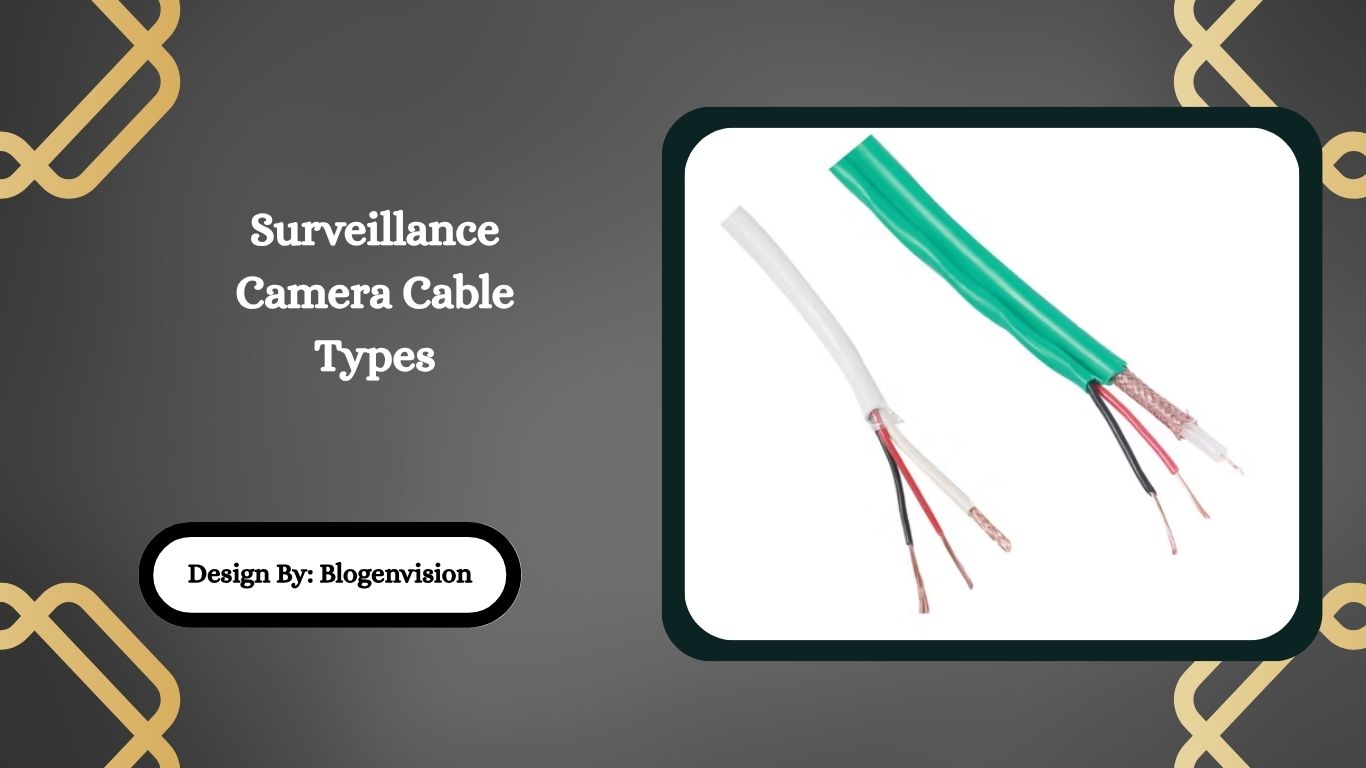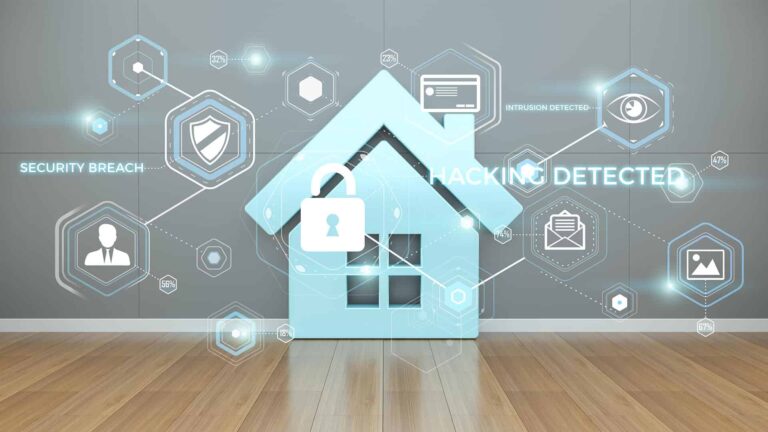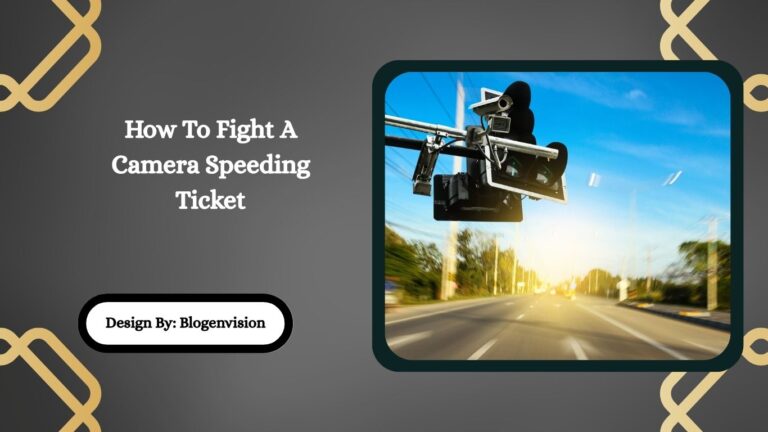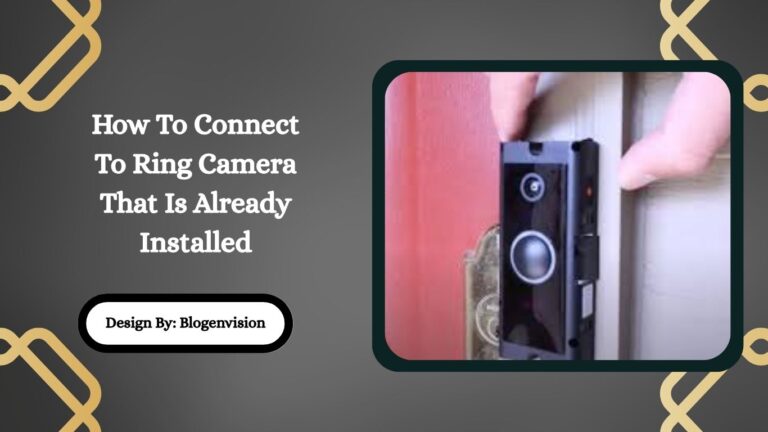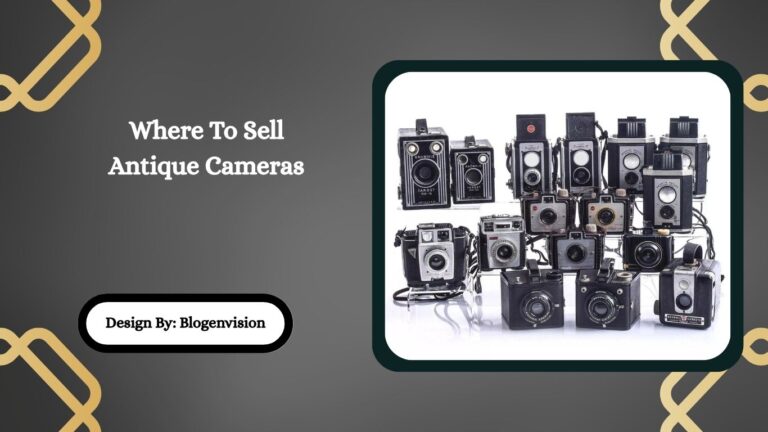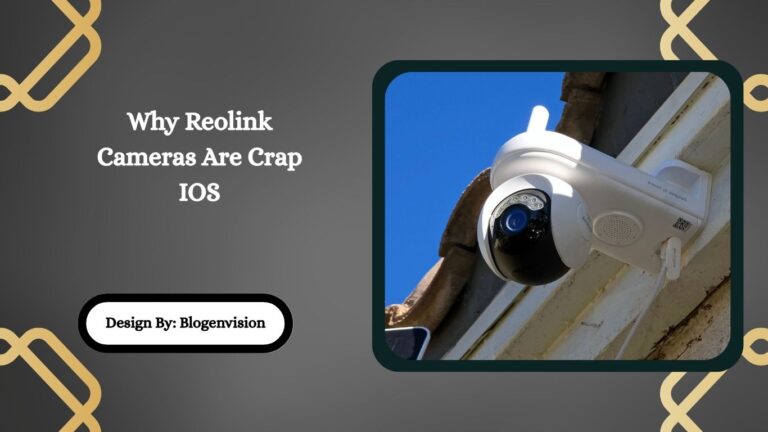Surveillance Camera Cable Types – Guide for Security Systems!
Surveillance camera cable types include coaxial, Siamese, Ethernet (Cat5e/Cat6), fiber optic, and plug-and-play options. Each serves specific camera systems based on power, video transmission, distance, and interference requirements.
When installing a security camera system, choosing the right surveillance camera cable type is just as important as selecting the camera itself. The wrong cable can lead to signal loss, poor video quality, or system failure — and with so many cable options available, confusion is common.
In this comprehensive guide, we’ll explore the different types of cables used for surveillance cameras, their functions, pros and cons, and which ones are best suited for various systems like CCTV, IP cameras, and PoE setups.
Why Cable Type Matters in Surveillance Systems
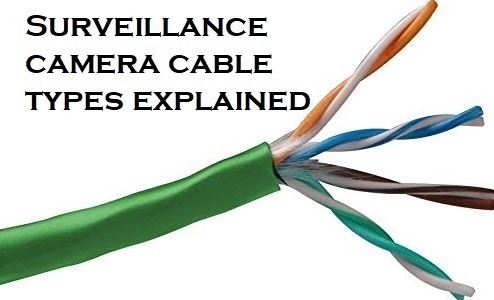
Surveillance camera cables aren’t one-size-fits-all. The right cable ensures:
- Clear video transmission
- Power delivery to the camera
- Weather and interference resistance
- Easy installation and maintenance
Understanding cable specifications like bandwidth, shielding, and power support helps ensure a stable and high-performing security setup.
Types of Surveillance Camera Cables (Overview)
Here are the most commonly used surveillance camera cables:
| Cable Type | Used With | Transmits | Max Distance |
| Coaxial (RG59) | Analog CCTV Cameras | Video only | 300–1000 feet |
| Siamese Cable | Analog CCTV Cameras | Video + Power | 300–800 feet |
| Cat5e/Cat6 Ethernet | IP & PoE Cameras | Video, Power, Data | 328 feet (PoE standard) |
| Plug-and-Play (RCA/BNC Combo) | Budget analog systems | Video + Power | Up to 100 feet |
| Fiber Optic | Long-distance IP cameras | Video/Data | Up to 10 miles+ |
| Wireless Cables (for antennas) | Wireless cams (antenna extenders) | Data/Power | Varies (not wired) |
Let’s break each one down in detail.
Coaxial Cable (RG59) – For Traditional Analog CCTV Cameras
RG59 coaxial cable is a standard for older analog CCTV systems. It transmits only the video signal.
📌 Key Features:
- 75-ohm impedance
- Works with BNC connectors
- Requires a separate cable for power
✅ Pros:
- Inexpensive
- Widely available
- Simple installation for small systems
❌ Cons:
- No power transmission
- Susceptible to interference over long distances
- Not compatible with digital/IP systems
🔧 Tip:
For long cable runs, use RG6 instead of RG59 due to its thicker shielding and lower signal loss.
Siamese Cable – Combined Video and Power for CCTV Cameras
Siamese cable combines RG59 coaxial for video and 18/2 power wires into one jacket. This is commonly used in analog CCTV installations.
📌 Key Features:
- One cable transmits both video and power
- Easy to split for separate DVR and power supply connection
- Supports distances up to 800 feet
✅ Pros:
- Reduces installation time
- Cleaner and more organized wiring
- Suitable for long cable runs
❌ Cons:
- Still analog-only
- Thicker and less flexible than standalone cables
- Requires proper connectors (BNC and power jacks)
Cat5e and Cat6 Ethernet Cables – Best for IP and PoE Cameras
Ethernet cables are the backbone of modern IP camera systems. Cat5e and Cat6 cables are used to transmit video, data, and power through PoE (Power over Ethernet).
📌 Key Features:
- Supports video, audio, control, and power
- Maximum PoE length: 328 feet (100 meters)
- Can be used with switches, NVRs, and routers
✅ Pros:
- Clean, single-cable solution for IP systems
- Supports HD and 4K video
- Future-proof (especially Cat6 for high bandwidth)
❌ Cons:
- Distance limited by PoE standards
- May require PoE injector/switch
- Sensitive to signal interference over long runs without proper shielding
🔧 Tip:
Use shielded Cat6 (STP) cables in high-interference environments or outdoor installations.
Plug-and-Play (RCA/BNC Combo Cables) – For Simple DIY Installations
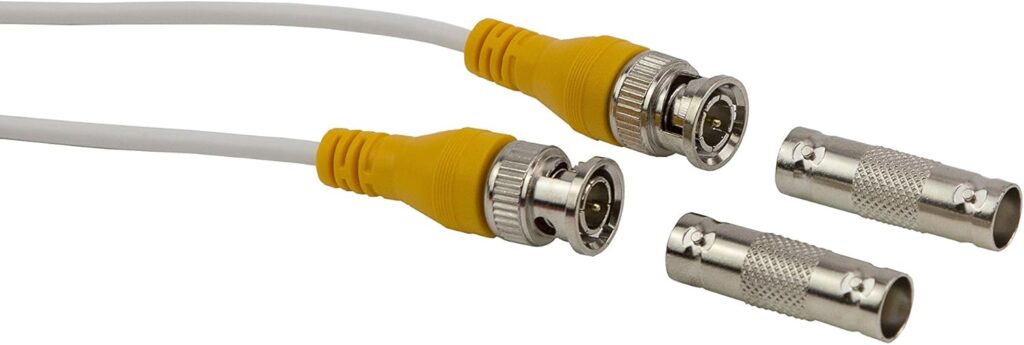
Plug-and-play combo cables include BNC video + DC power connectors in a pre-terminated, color-coded format. These are perfect for beginner CCTV setups or small residential installs.
📌 Key Features:
- Pre-made lengths (25ft, 50ft, 100ft)
- Comes with male-to-male plugs for both power and video
- No crimping or stripping required
✅ Pros:
- Easy DIY installation
- Great for home users or small systems
- Budget-friendly
❌ Cons:
- Limited to 100 feet max
- Cannot be customized in length
- Lower shielding and durability
Fiber Optic Cables – For Long-Distance and Enterprise Systems
Fiber optic cables are used in large-scale or long-distance installations where traditional copper cables fail due to signal degradation.
📌 Key Features:
- Uses light instead of electrical signals
- Supports multi-mile transmission with no loss
- Requires media converters or transceivers
✅ Pros:
- Immune to electromagnetic interference
- Extremely long transmission distances
- High bandwidth for HD/4K video
❌ Cons:
- Expensive
- Difficult to terminate or splice
- Not necessary for most residential systems
🔧 Tip:
Best used in campus security, warehouses, or city-wide surveillance networks.
Wireless Cable Accessories – For Wireless Camera Systems
While technically not cables, wireless camera systems may use short cables to connect cameras to power supplies or antennas.
✅ Pros:
- Eliminates video cable runs
- Easy to install in locations without wiring
- Great for remote or temporary setups
❌ Cons:
- Limited range
- Signal can be blocked by walls or interference
- Still requires power cable unless battery-powered
Comparison Table: Which Cable Is Right for You?
| Use Case | Recommended Cable | Notes |
| Home CCTV (Analog) | Siamese Cable | Simple and affordable |
| HD IP Cameras | Cat5e or Cat6 | Supports PoE, data, video |
| Long Distance (>500ft) | Fiber Optic | High-end, long-range |
| DIY Setup (Plug & Play) | BNC/RCA Combo | Pre-cut, color-coded, beginner-friendly |
| Wireless Camera Power | Short DC Cable | Needed unless battery-powered |
| Harsh Environments | Shielded Cat6 (STP) | Interference-resistant |
Tools and Connectors Needed for Installation
Depending on your cable type, you may need:
- BNC connectors (crimp, twist-on, or compression)
- RJ45 connectors for Cat5e/Cat6
- PoE switch or injector for IP setups
- Power adapters (12V DC or 24V AC)
- Cable testers and strippers
Proper tools ensure safe, efficient cable runs and signal integrity.
Tips for Choosing the Right Surveillance Cable

- ✔️ Know your system type (analog vs. IP)
- ✔️ Measure distances accurately before buying
- ✔️ Use weatherproof cables for outdoor installs
- ✔️ Avoid running cables near electrical lines to reduce interference
- ✔️ Label both ends for easier troubleshooting
Pre-Made Kits vs. Custom Cables
Pre-made kits are great for beginners. They include cables, connectors, and sometimes cameras. However, custom cables allow:
- Flexible lengths
- High-quality shielding
- Better reliability
- Lower long-term maintenance
FAQs:
1. What is the best cable for long-distance surveillance camera setups?
Fiber optic cables are best for long distances, offering transmission up to 10 miles with no signal loss. They’re ideal for industrial, campus-wide, or city-level surveillance systems that require ultra-high bandwidth and reliability.
2. Can Cat5e or Cat6 cables power a camera directly?
Yes, Cat5e and Cat6 cables support PoE (Power over Ethernet), allowing both power and data to be delivered through a single line—ideal for IP cameras and reducing cable clutter during installation.
3. Are Siamese cables suitable for outdoor CCTV installations?
Yes, Siamese cables can be used outdoors if they are weatherproof-rated. For additional protection, it’s recommended to install them inside conduit pipes to shield them from UV rays, water, and physical damage.
4. Why is shielding important in surveillance cables?
Shielding protects the cable from electromagnetic interference (EMI), which can distort video signals. Shielded coaxial or Ethernet cables are essential when installing cameras near power lines, motors, or other electronic equipment.
5. Can wireless surveillance systems completely eliminate cables?
Not entirely. Wireless cameras still require power cables unless battery-operated. While they eliminate the need for video/data cables, you’ll often still need short power cords or solar panel connections for continuous operation.
Conclusion:
Understanding surveillance camera cable types is essential for a reliable security system. From coaxial for analog CCTV to Ethernet for PoE IP cameras and fiber optic for long-range setups, each cable serves unique needs. Choosing the right type depends on your system’s format, distance, and environment. For DIY users, plug-and-play and Cat6 are ideal; for professional installations, shielded or fiber options offer superior performance. Proper cabling ensures clear video, efficient power delivery, and long-term durability of your surveillance infrastructure.

